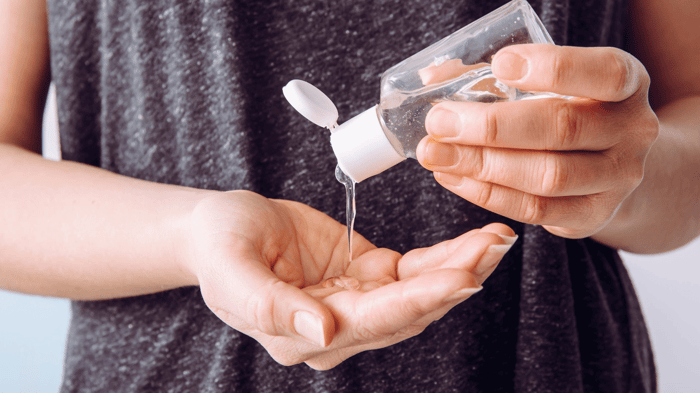
Brewer’s yeast has recently received some buzz as a nutritional supplement, but what is it and how is it different from other yeast varieties? Let’s start from the top:
Where does it come from?
Although baking, nutritional, and brewer’s yeast are all the same species of fungus (Saccharomyces cerevisiae), the strains that make up each group are very different in taste, nutrition, and function. People first domesticated and differentiated yeast strains millennia ago. “Brewer’s yeast” is a diverse group, including strains ideal for sake, wine, or beer fermentation or, most recently, dietary supplementation.
Brewer’s yeast can be harvested as a byproduct of beer production or specifically grown on sugar beets and nutrient agar. The former method produces yeast that is bitter and unpalatable, while the latter produces yeast with the highest nutritional value and a slightly sweet, nutty flavor.
Most brewer’s yeast sold as a nutritional supplement has been rendered inactive (dead) by high temperatures, unlike baking yeast and brewer’s yeast for beverage fermentation.

What’s so super about it?
When you consume yeast, you are consuming the entire organism and all the vitamins, minerals, and nutrients it contains. Brewer’s yeast can be an important supplement to vegetarian and vegan diets because it is approximately 50% protein and, unlike the typical non-animal protein source, is a complete protein. That means it contains all nine essential amino acids.
Brewer’s yeast is also a great source of B-complex vitamins (all except B-12). These play a big part in the metabolism of macronutrients and the production of energy.
Where brewer’s yeast sets itself apart from its close relative, nutritional yeast, is in its mineral content. Brewer’s yeast contains a significant amount of chromium, which helps to make insulin work more efficiently and lowers blood sugar. It also is a source of selenium, potassium, iron, zinc, and magnesium.
Finally, if you eschew traditional yeast supplements and consume active brewer’s yeast, the living microbiota can function as a probiotic and support gut health.
How do I incorporate it into my diet?
While brewer’s yeast is available in liquid and capsule form, it is most commonly consumed as powder or flakes. Take a spoonful every day, mix it into your morning shake, or experiment with adding it to hot cereal. Its unique nutty flavor can be a great addition to savory and sweet dishes alike.
If you would like to use brewer’s yeast as a probiotic, look for options that are “fresh” or “active,” and avoid yeast labeled “inactive.”
Unfortunately, filtering removes the yeast from most beers, so the pub isn't a great source of B vitamins!
Adverse health effects are possible when taking brewer’s yeast, including gas and the aggravation of Crohn’s disease. Don’t consume if you have a history of frequent yeast infections or a yeast allergy. Brewer’s yeast can have negative interactions with MAOIs and blood-sugar-lowering medications, so check with your doctor before introducing this supplement.
In conclusion...
...brewer’s yeast packs a big nutritional punch, and it’s worth picking up a small bag and experimenting with ways to incorporate it into your diet. This superfood will support your metabolism and make sure that your body has many of the micronutrients it needs.




